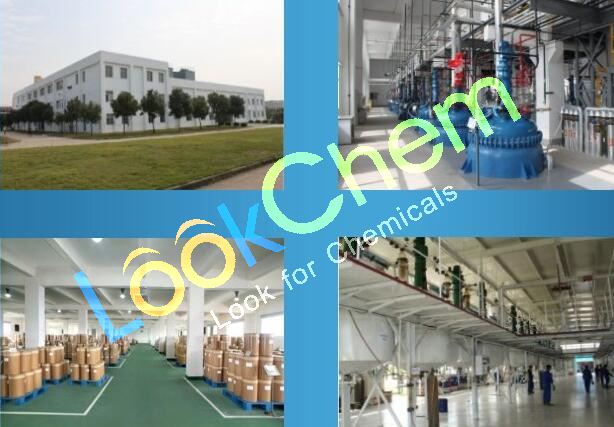- Min.Order :1 Kilogram
- Purity: 99%
- Payment Terms : L/C,D/A,D/P,T/T,Other
Keywords
L-Arginine 74-79-3 L-Arginine hydrochloride Chemical research L-Arginine
Quick Details
- Appearance:powder
- Application:Biochemical Research,medical raw materials and food additives.
- PackAge:Can be packaged in accordance with customer requirements
- ProductionCapacity:|Metric Ton|Day
- Storage:2-8°C
- Transportation:By AIR or by SEA
Superiority:

Details:
L-Arginine is white rhomboid crystals (precipitated from water, containing 2 molecules of crystal water) or monoclinic crystal (no crystal water), odorless, bitter taste; Soluble in water (0℃ water solubility of 83g/L, 50℃ water solubility of 400g/L), very slightly soluble in ethanol, insoluble in ether; PI6.0; When heated to 105℃, two molecules of water of crystal were lost. When 2chemical book was heated to 30℃, the color became dark, and the decomposition point was 244℃. Polarimetric [alpha] 20 d + 12.5 ° (0.5 2.0 mg/ml, H2O), [alpha] 20 d + 27.3 ° (0.5 2.0 mg/ml, 6 mol/LHCl); The maximum absorption (1gε3.28) occurs at 205nm in aqueous solution.
L-Arginine is one of the 8 essential amino acids in protein synthesis. The body needs it for a variety of functions. For example, it stimulates the release of certain chemicals, such as insulin and human growth hormone. This amino acid also helps remove ammonia from the body and promotes wound healing. The body also needs it to produce sarcosine. Nitric oxide is produced when l-arginine is broken down, thus dilating vascular disease and increasing blood flow. Normally, the body produces enough L-arginine on its own. But when it is insufficient, it can be supplemented by eating foods rich in arginine. L-arginine can be found in any food containing protein, such as meat, poultry chemicalbooks, cheese products, fish, etc. Foods rich in arginine include almonds, walnuts, dried sunflower seeds, dark chocolate, chickpeas, melon, peanuts, raw lentils, hazelnuts, Brazil nuts, red meat (moderate), cashews, salmon, pistachios, soybeans and walnuts. In recent years, many people have taken l-arginine supplements to treat certain conditions, such as congestive heart failure and cystitis. Although there are many benefits, there are potential side effects such as abdominal pain, diarrhea, gout and abdominal distention, as well as the possibility of increasing the severity of herpes outbreaks and enhancing the effect of blood pressure lowering drugs, resulting in a larger than expected reduction in blood pressure, which can lead to dizziness and fainting in hypertensive patients.
You Might Also Like
-
CHemwill -- Polyvinylpyrrolidone (PVP) CAS 9003-39-8
CAS NO:9003-39-8
-
Pyrogallol CAS 87-66-1 IN Stock 1,2,3-Trihydroxybenzene
CAS NO:87-66-1
-
Trimethylolpropane triacrylate CAS 15625-89-5 In stock TMPTA 1,1,1-Trimethylol propane triacrylate
CAS NO:15625-89-5
-
Dodecanedioic acid CAS 693-23-2 In stock 1,10-Decanedicarboxylic acid DDDA
CAS NO:693-23-2
-
2,6-Pyridinedicarboxylic acid CAS 499-83-2 In stock
CAS NO:499-83-2
-
Methyl salicylate CAS 119-36-8 In stock
CAS NO:119-36-8
Related Searches
About|Contact|Cas|Product Name|Molecular|Country|Encyclopedia
Message|New Cas|MSDS|Service|Advertisement|CAS DataBase|Article Data|Manufacturers | Chemical Catalog
©2008 LookChem.com,License: ICP
NO.:Zhejiang16009103
complaints:service@lookchem.com Desktop View